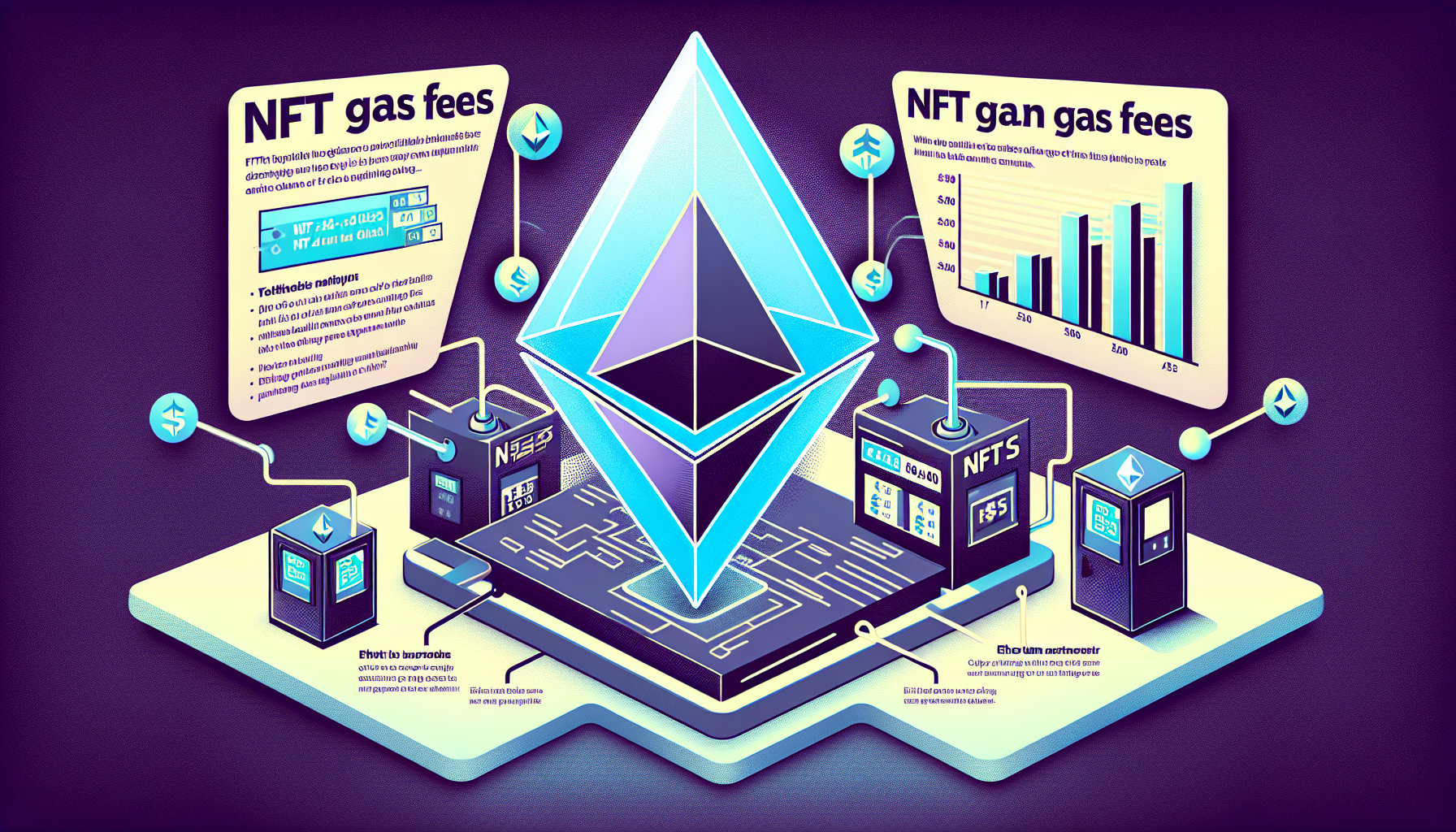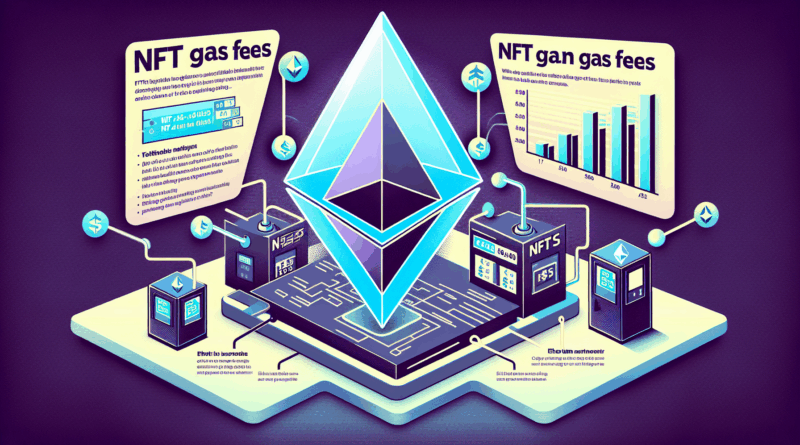Understanding NFT Gas Fees: Insights with Ethereum Examples
What are NFT Gas Fees?
Have you ever wondered why creating or buying an NFT on Ethereum can sometimes cost you more than the digital art itself? According to recent reports, NFT transactions can incur gas fees that fluctuate based on network demand. This leads to our core question: How do NFT gas fees work?
The Basics of Gas Fees
Gas fees are essentially the transaction costs incurred when using the Ethereum network. They are measured in gwei, which is a denomination of Ether (ETH). When you mint an NFT or engage in digital currency trading, you must pay a fee to miners to validate and record your transaction on the blockchain.
To put this into perspective, let’s say you want to create an NFT. If the Ethereum network is congested, the gas fee might spike to $200 or more compared to only $10 in a less busy period. This is similar to traffic congestion during rush hour where you pay more to take a faster route.

Factors Influencing Gas Fees
Several elements affect gas fees on the Ethereum network:
- Network Demand: When more people are trading NFTs, the fees increase.
- Transaction Complexity: More complex transactions, such as those involving smart contracts, may require higher fees.
- Gas Price and Limit: Users can set a ‘gas price’ they are willing to pay; higher offers often lead to quicker confirmations.
How to Calculate Gas Fees Effectively
For anyone looking to engage in the NFT marketplace, understanding how to calculate gas fees is essential. You can use tools like ETH Gas Station to gauge current gas rates. If you are minting an NFT and see current fees at 100 gwei, and your transaction requires 21,000 gas units, your total fee would be:
Gas Fee = Gas Price x Gas Limit = 100 gwei x 21,000 = 2,100,000 gwei = 0.0021 ETH, approximately $3.60 at an ETH price of $1,700.
Strategies to Minimize Gas Fees
Here are a few tactics to help reduce your NFT transaction costs:
- Choose Off-Peak Times: Transactions performed during low network activity can result in lower fees.
- Use Layer 2 Solutions: Platforms like Polygon enable cheaper transactions by processing them off-chain.
- Optimize Gas Limits: Avoid overestimating the gas limit to ensure you’re not paying for excess.
Remember: Always stay informed about market conditions to choose the best time for your transactions.
Conclusion: Navigating NFT Gas Fees
Navigating gas fees can be tricky but is crucial for a smooth NFT trading experience. Being aware of the influencing factors and learning ways to minimize costs can save you money. For anyone interested in venturing into the world of NFTs, make sure to calculate your gas fees beforehand and choose the right time to act.
Are you ready to dive deeper into the exciting world of NFTs? Feel free to check our other articles on NFT trends and investment strategies at bitcoininfoworld.
Disclaimer: This article does not constitute investment advice. Always consult local regulatory agencies before making financial decisions.
Author: Dr. Jane Smith, a blockchain technology expert with over 20 publications in cryptocurrency research and a lead auditor for several high-profile projects in the NFT space.



